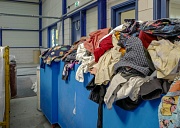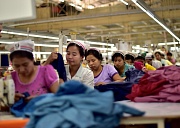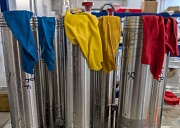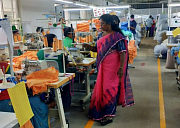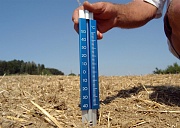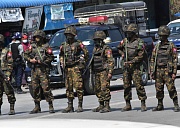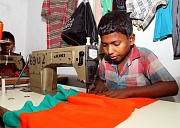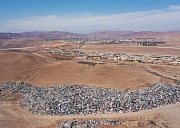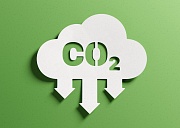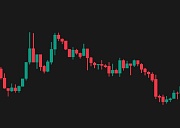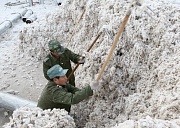We asked both GOTS and TE how they checked integrity.
“GOTS has a multilevel system in place to make sure only truly organic fibres enter the GOTS supply chain. Before GOTS Certification Bodies (CBs) issue a Transaction Certificate (TC), GOTS requires that a thorough assessment takes place,” Stripf told us. This includes checking on certifiers’ websites and with India’s Tracenet and “authenticity checks of transaction and scope certificates”.
TE said: “Our goal is to collect comprehensive volume data of certified material in our system. This will require centralisation and aggregation of transaction certificate data, which is currently in implementation with our TrackIt program.
“To achieve this, we will also need to collaborate with other organic certifications, such as GOTS. This data could then be compared with our farm-level reporting to provide more comprehensive picture of material being produced and sold as organic.
This is progress, although using systems like Check Organic earlier might have limited problems. It also makes the case for an open-source database.
TE said it aims to reconcile three data sources in the coming year: organic cotton production, organic cotton processing in the supply chain and organic cotton uptake by brands.
Open data and mass balance
Transaction certificates are supposedly the keys to the integrity process, but no one knows how many there are, or what volume of cotton and textiles they report. They can and have been falsified.
In articles back as far as 2015, Ecotextile News reported that String 3.0 and Check Organic could analyse external databases allowing some reconciliation of balances in and out of the organic cotton system.
It’s astonishing to some that so many potential tools for reducing or eliminating organic cotton fraud have never actually been tried.
Solutions?
Is part of the problem that large, industry and big brand dominated organisations think everything must be in their image: big, centralised, western-based and financially expensive? Meaning that small, nimble players and those in India, for example, cannot be ‘trusted’ to fix the problems?
But in the wake of the New York Times expose, it’s clear that change is needed fast. It’s time for organisations to admit they've dropped the ball, and start to open up and become transparent rather than close ranks.
What’s needed soon is for organisations to release their data and make it publicly available, and open source, in a repository where it can be scrutinised and checked by independent analysts so that even the smallest players can check it for themselves.











